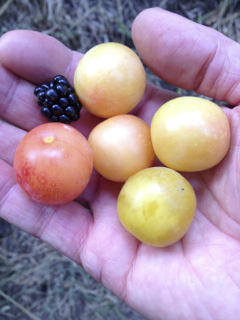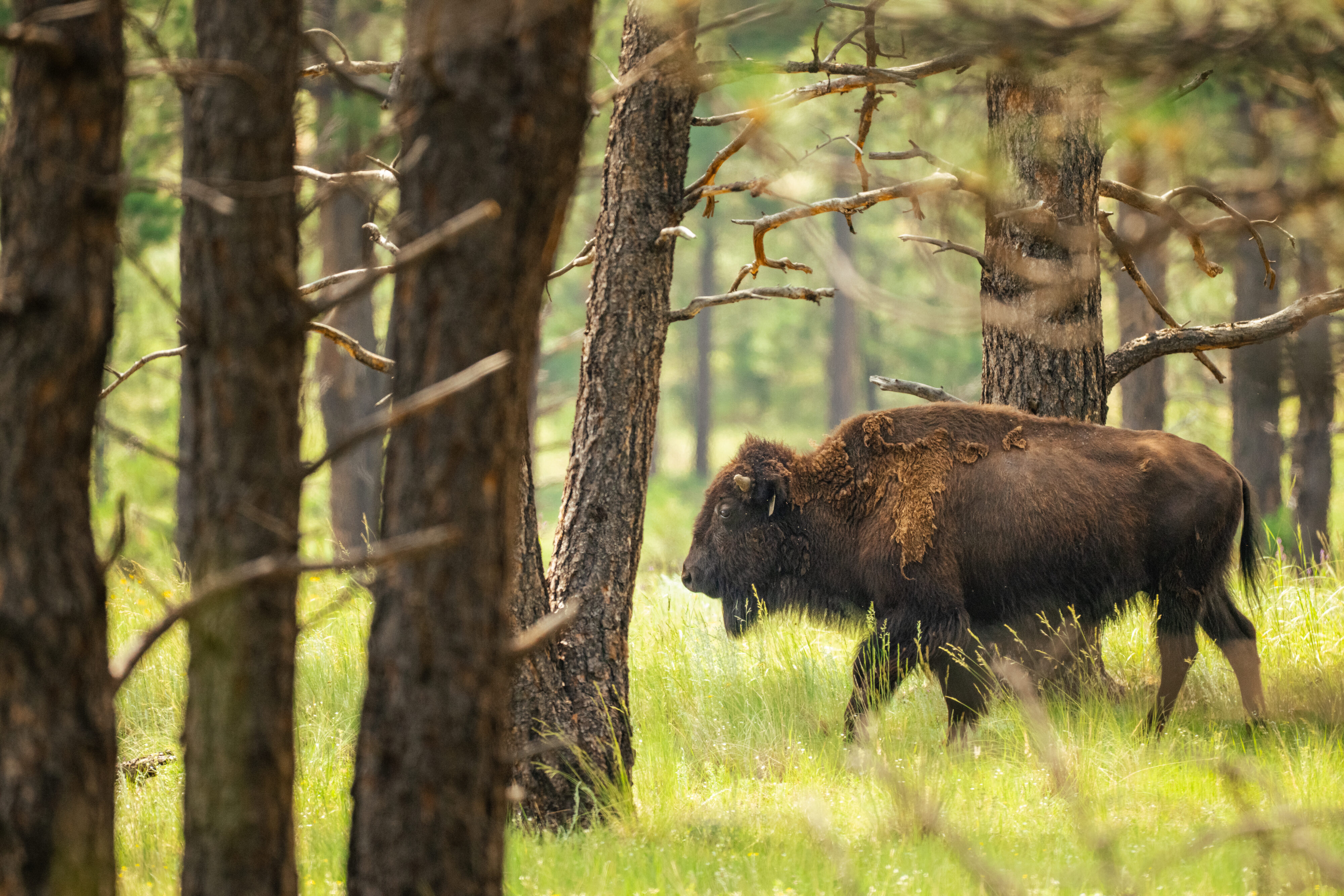
Feeding the People With… Weeds?

Feeling hungry on your run? Stop and pick some oxalis, the pretty yellow flowers with green clover-shaped leaves, growing along the sidewalk for a quick energy boost.
Skipped breakfast before your first morning class? Pick some yew berries (but be careful to spit out the seeds).
What Can I Eat, and Where?
Check out the project’s map of edible weeds in the Berkeley area:
Urban agriculture and urban foraging are increasingly good opportunities to feed students and city dwellers, from those seeking to live more off the land to those unable to afford healthy organic produce from the grocery store. They’re completely sustainable ways of getting food, which feature low-input food production, soil carbon sequestration, and food production centers close to food consumption. They’re also a solution to making produce affordable and available in food deserts. Like the chickweed or sourgrass poking up through the crack in the sidewalk, urban foraging and edible weeds can be resilient food systems solutions; it’s time to discover them.
There are three big avenues for thinking about urban agriculture:
- School and community gardens
- Rooftop gardens
- Edible weeds
Picturing a city landscape, plants and food production are not the first images that come to mind, but they represent a simple way to feed a growing urban global population. In 2009, the global urban population surpassed the rural population for the first time in history—we’ll have plenty of people to feed in the cities. Can urban agriculture feed such large population centers?
Eating Weeds
 Will people even consent to eating weeds and other “found” plants? Is there demand for such food production? The answer, at least from the younger generation, seems to be an enthusiastic “YES.”
Will people even consent to eating weeds and other “found” plants? Is there demand for such food production? The answer, at least from the younger generation, seems to be an enthusiastic “YES.”
As a teacher in a Boston public middle school, I led my students on an “edible campus” tour of my alma mater, Tufts University, in Fall 2013. We sampled various herbs and plants growing unnoticed on campus. My students were typical urban teenagers—accustomed to eating chips for breakfast and a soda for lunch, unable to identify one salad green or herb from another, and skeptical of “eating grass and stuff with dirt on it,” as one student put it.
We went out on a temperate fall day in Medford, scavenging for edible “weeds” and tasting sourgrass, chickweed, and yew berries. The students were filled with excitement and surprise—“this actually tastes pretty good!” one student offered, breaking down the peer pressure barriers to sampling the weeds. A Boston Globe food writer even came along to report on the scavenger hunt.
Scaling Up?
 Assuming you can convince people to eat these plants (and assuming they are safe, free of city pollutants, and easily accessible), you still have to ask yourself—can urban foraging scale up to feed our cities? To answer this question, I moved to Berkeley and plugged into the urban gardening and foraging scene in a year-round growing climate.
Assuming you can convince people to eat these plants (and assuming they are safe, free of city pollutants, and easily accessible), you still have to ask yourself—can urban foraging scale up to feed our cities? To answer this question, I moved to Berkeley and plugged into the urban gardening and foraging scene in a year-round growing climate.
So far, I’ve see foraging opportunities everywhere. I have been impressed by the amount of backyard lemon and persimmon trees, school gardens, and community food security projects. I have been especially impressed by the urban agriculture incentive legislation passed by the state legislature, the first law of it’s kind promoting urban ag. Here at my own school, two UC Berkeley researchers, Thomas Carlson and Philip Stark, have made headlines with their tours of the East Bay sampling local wild fennel and other weeds, as well as their research mapping “weed” prevalence in low-income neighborhoods.
When it comes to scaling up, the existing numbers on urban agriculture and foraging to provide food, from Boston to the Bay, are encouraging:
- 86 varieties of edible weeds growing in the East Bay, from wild fennel and dandelion greens to chickweed and wild onions
- 55,000 sq ft rooftop gardens in Boston, like Higher Ground Farms, who demonstrate potential for energy savings and LEED accreditation points
- 8 cities nation-wide leading a rooftop farming movement, including San Francisco
- 84 public school gardens in San Francisco alone
- 67 recipes for cooking up edible weeds on one site alone
And, of course, there’s the cost of making a salad out of edible weeds: $0.
Alana Siegner is a Master’s student with the Berkeley Energy and Resources Group.
Photos courtesy Philip B. Stark and the Berkeley Open Source Food Project
























